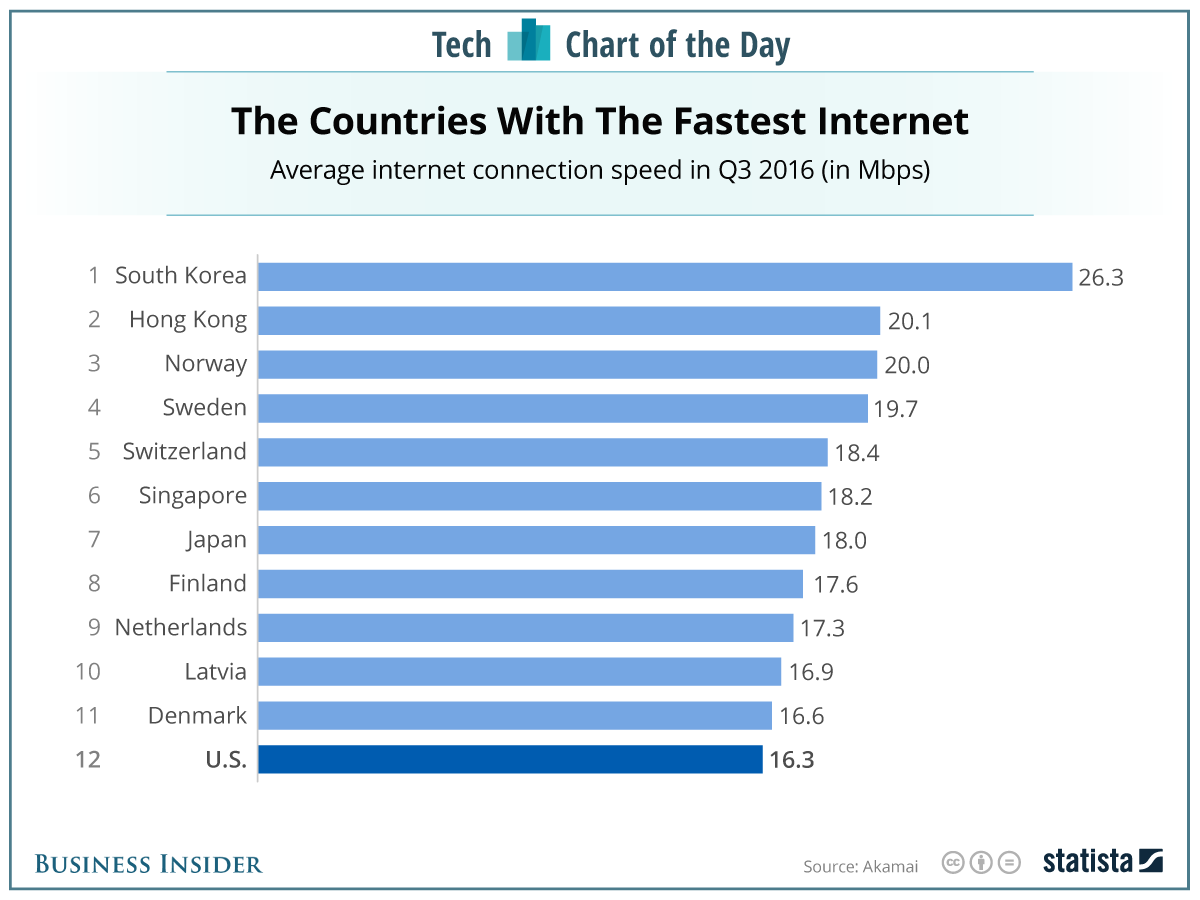
DuterteNomics blueprint unveiled the build, build, and build
for the “golden age of infrastructure,” in the Philippines.
- ₱227 Billion - First Subway in the Philippines for Quezon City to Taguig City a 25 kilometer underground railway system to finished year 2024
- ₱225-million PNR North Rail systems, 100-kilometer Tutuban - Clark to be completed in 2021
- ₱55.478-Billion – First Mindanao Railway (Circumferential) project, a 2,000 kilometer railway to finished 2021
- PNR South Rail that would connect Manila with Calamba and Los Baños in Laguna, and the Bicol region to be completed by the fourth quarter of 2021
- Manila International Airport – Quezon City – Clark International Airport Bullet train system interconnecting the first Subway in QC to finished before 2021
- ₱23.3 billion North Luzon Expressway-South Luzon Expressway connector road, which starts from C3 Road in Caloocan through Manila, crossing Espana towards PUP, Sta. Mesa connecting Metro Manila Skyway Stage 3.
- The completion of the SLEX-NLEX connector road, projected to take place in 2020, is expected to reduce vehicle congestion along EDSA, C5 Road and other major thoroughfares, and cut the travel time between NLEX and SLEX to 15-20 minutes from more than an hour.
First Metro subway's
first phase to link Quezon City, Taguig
Transportation Secretary Arthur Tugade said at a forum on
Tuesday that the subway system, pegged at an initial ₱227 million for the
central section, will pass Mandaluyong City and Pasig City.
The transport system, the first subway project the country
will undertake, is foreseen to accommodate around 300,000 commuters daily,
Tugade said.
The proposed subway stems from an ongoing Japan
International Cooperation Agency's feasibility study, which will be subject to
the approval of President Rodrigo Duterte and his officials. The study is
expected to be completed in July this year.
The Japanese agency's proposal aiming to ease road
congestion includes an expansion of the subway to start from San Jose del Monte
in Bulacan to Dasmariñas City in Cavite to be completed by 2024.
Economic,
Development Blueprint
President Rodrigo Duterte's economic managers made the
announcements at an event hosted by the Department of Finance and the
Presidential Communications Operations Office (PCOO) at the Conrad Hotel, Pasay
City.
According to the PCOO, DuterteNomics includes the current
administration's main governance and fiscal policies, comprehensive big-ticket
infrastructure programs and upgraded social services targeted to accelerate
growth. The economic and development blueprint also aims to transform the
Philippines into a "high middle-income economy" by 2022.
Executive Secretary Salvador Medialdea said the economic and
development plan is anchored on the 10-point socioeconomic agenda of the
Duterte administration that focuses on "the production of a progressive
tax reform package and measures designed to bring about increased
competitiveness, accelerated infrastructure spending, and improved social
amelioration and development programs."
Finance Secretary Carlos Dominguez, in a keynote speech,
said the Philippines had trailed behind other countries with good economy, but
stressed that it is about time to rebuild the country’s competitiveness by
pushing for programs such as tax reform package and infrastructure projects.
"An investment-led growth pattern creates job and opens more economic
opportunities for our people," he said. "We must build a truly
inclusive economy. To do so, our economy should be investment-led, creating new
jobs and opening opportunities for all."
Dominguez said the government is
also looking forward to what has been called a "demographic sweet
spot," as the populations of some of the more mature economies in Asia
begin to age. He said that the administration has to invest in the Filipino
youth.
Ongoing projects are being implemented by the Department
of Public Works and Highways (DPWH) that are either locally funded, with
Official Development Assistance (ODA), or through Public-Private Partnership
(PPP) projects, the following:
- Mandaluyong Main Drainage Project (Phase II)
- Central Luzon Link Expressway, Phase I,
- Tarlac-Cabanatuan, Nueva Ecija; Integrated Disaster Risk Reduction and Climate Change Adaptation Measures in the Low Lying Areas of Pampanga Bay
- Tarlac-Pangasinan-La Union Expressway (Binalonan-Rosario Section)
- Flood Risk Management Project (FRIMP) in Cagayan de Oro River
- Sen. Gil Puyat Ave.-Paseo De Roxas / Makati Ave. Vehicle Underpass Project
- Bonifacio Global City-Ortigas Center Link Road Project
- UP-Miriam-Ateneo Viaduct along C-5/ Katipunan
- Metro Manila Priority Bridges Seismic Improvement Project (Guadalupe Bridge and Lambingan Bridge
- Widening/Improvement of Gen. Luis St.-Kaybiga-Polo-Novaliches
- Cavite-Laguna Expressway
- NLEX-SLEX Connector Road
- Metro Manila Interchange Construction Project VI
- Davao City By-Pass Construction Project (South Section (Road) and Center Section (Tunnel)
- Panguil Bay Bridge, and Phase 1 of the Metro Manila Flood Management Project
PPP awarded projects
- Integrated Transport System (ITS) Project
- South Terminal
- Integrated Transport System (ITS) Project
- Southwest Terminal
- LRT Line 1 Cavite Extension and Operations and Maintenance
- Contactless Automatic Fare Collection System
- Mactan Cebu International Airport Project
- MRT Line 7
PPP projects that are
either undergoing or about to undergo bidding
- The Development, Operations and Maintenance of Bacolod-Silay, Davao, Iloilo, Laguindingan and New Bohol (Panglao) Airports;
- LRT Line 2 Operations and Maintenance;
- Road Transport Information Technology Infrastructure (Phase II);
- LRT Line 6;
- Philippine National Railways – South Line (previously, the North-South Railway Project – South Line);
- NAIA Development
The DOTr, through a combination of ODA and PPP, is
implementing and developing a total of 23 rail projects which will greatly
expand the country’s rail system from the current 77 kilometers to over 1,750
Km.
The 10 ongoing rail projects includes the following:
- PNR North (Manila-Malolos),
- PNR South Commuter PPP Project (Manila-Los Banos),
- PNR South Long Haul PPP Project (Los Banos-Legaspi,Matnog,Batangas Port),
- Line 1 Cavite Extension PPP Project (Baclaran-Niog),
- Automated Fare Collection System PPP Project (Beep Card),
- Line 2 O&M PPP Project,
- Line 2 East Extension (Santolan-Masinag),
- Line 2 West Extension (Recto-Pier 4),
- Line 6 PPP Project (Niog-Dasmarinas),
- Line 7 PPP Project (San Jose Del Monte-North EDSA).
Rail projects are
being developed by DOTr
- Mindanao Railway (Circumferential),
- Cebu Railway (5 lines),
- Panay Railway,
- Line 4 (Taytay-Manila) PPP Project,
- Line 5 (Pasay-Makati-Taguig) PPP Project,
- Line 8 (Quezon City-Manila) PPP Project,
- PNR North Phase 2 (Malolos-Clark),
- Mega Manila Subway Project,
- Subic-Clark Railway
DOTr 3 Bus Rapid
Transit (BRT) systems:
- Cebu Bus Rapid Transit (BRT)
- The Quezon Avenue Bus Rapid Transit (BRT)
- The Central Corridor (EDSA) Bus Rapid Transit (BRT).
Other DPWH
projects:
- Panay-Guimaras-Negros Link Project
- EDSA-Taft Flyover
- Central Luzon Link Expressway, Phase II
- Cabanatuan-San Jose, Nueva Ecija
- Flood Protection Works in the Marikina River including Retarding Basin
- Dalton Pass East Alignment Alternative Road Project
FUNDING FOR THESE PROJECTS
The government is spending 5.3 percent of the country’s
gross domestic product in 2017 to finance the building, Finance Secretary
Carlos Dominguez said. This will be raised to 7.1 percent by 2022.
This is higher than the 2.6 percent annual average of the
past six administrations in the last 50 years, he said.
“In the decades when we neglected our infrastructure, we
lost out on competitiveness,” Dominguez said.
“This is the time to move decisively. Fortunately we have a
leader capable of much audacity.”
Budget Secretary Benjamin Diokno said the government under
Duterte would spend P8.4 trillion for infrastructure.
A government portal (www.build.gov.ph) was also launched to
help the public guard the infrastructure projects against corruption.
Presidential spokesperson Ernesto Abella said the website
would be regularly updated to reflect the progress of every project.






















 Top 12 World's fastest Internet, South Korea rank no. 1. Illustration Photo: businessinsider.com
Top 12 World's fastest Internet, South Korea rank no. 1. Illustration Photo: businessinsider.com














